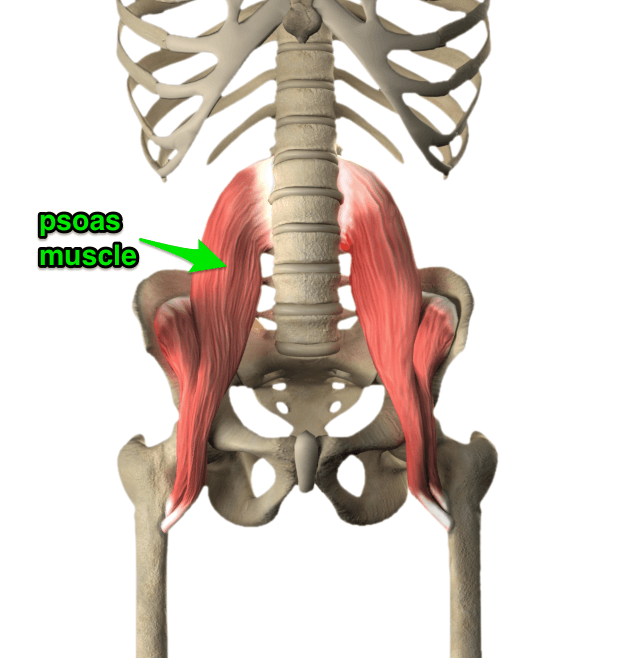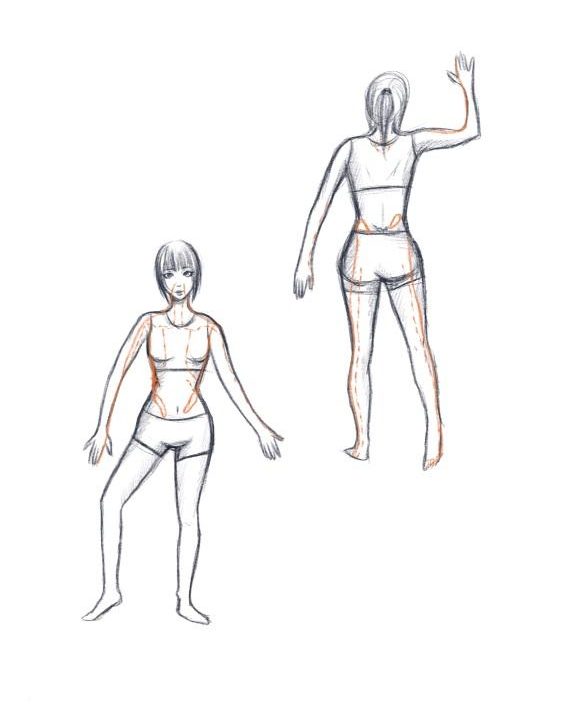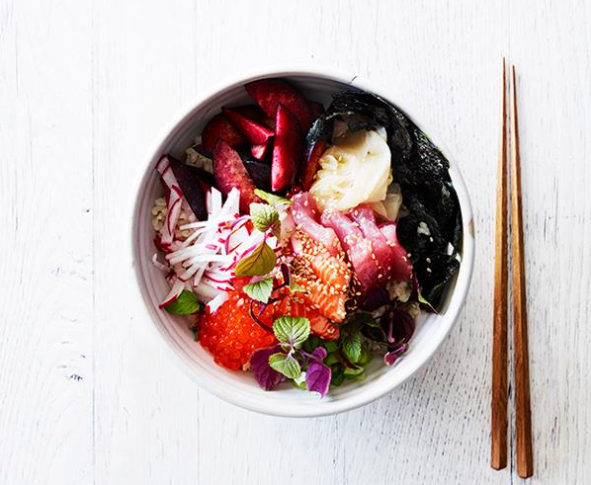
Happy Girls Day Recipe!
March 2, 2021
Autumn Support
March 18, 2021The Psoas muscle and better orgasms


The muscle you can see being worked in this picture is the psoas (sow-az) muscle.
You’ll find in Japanese yoga during the season of Late Summer (and each time the seasons are transitioning) there are many poses we do to access this muscle.
One of the main reasons is for this is it runs along the part of the body where you can also activate the two Late Summer/seasonal transition meridians- spleen and stomach, belonging to the Earth element.
The psoas muscle is one of my favourite muscles to talk about and work with in Japanese yoga classes because it’s so important for your spine (and lower back health), your hormones, your digestion, your sexual energy, hip flexor health – and lots more…!
It’s also the only muscle that connects the upper body to the lower body.

The psoas relates to your posture, your core, your emotions (particularly fear) and for women- the menstrual cycle, period pain and the ability for our hormones to flow.
As the psoas muscle provides support for the vital organs in the pelvis, its length, tone and whether it has fresh blood flow have an effect on those organs and how well they function.
When the psoas is supple, juicy and energised the skeleton is supported and aligned.
When the psoas is tight, the pelvic floor isn’t relaxed and the balance of weight is off in the body.
This affects the spine, genitals and our sexual energy.
For the body to experience full orgasm -where the whole body participates and surrenders -the psoas must be relaxed.
When there is tension, the ability of the orgasm to take over the body isn’t possible.
Unfortunately most of us in the West live sedentary lifestyles and do a lot of sitting (driving, working at the computer, watching Netflix etc).
This makes our psoas muscle tight, shrivelled and inactive.
So for all the sexualised images and messaging we see around giving the impression everyone’s having insatiable sex (or at least should be having it!), behind closed doors there may be another story playing out…
On an emotional level, the psoas is very much associated with the ‘fear reflex’.
The most primal and instinctive reaction to fear is to move into a foetal position, which is our natural position for protection of all the vulnerable parts of the body.
When we experience fear the ‘flexor’ muscles switch on and the psoas is one of the biggest and deepest flexor muscles in the body.
This is why it plays such a huge role in our fear response; it contracts even if we’re not aware of it whenever we’re confronted with fear.
Fear may not even be an obvious emotion we’re aware of, but we can unconsciously experience fear every day.
Whether it’s about paying the mortgage, dealing with certain people and relationships or work related challenges.
You might be able to recall yourself or someone you know who gets constipated or diarrhea every time they need to deliver a speech, presentation, a job interview or even goes away on vacation….
I can think of several memorable ‘nervous poo’ moments in my life (!).
First days on the job are typically my favourites;-)
This is an example of the psoas tightening and the organs not functioning to their full ability.
If you’ve experienced something like this too, you might think back to the last time it happened and not even recall experiencing fear.
However you’ll probably acknowledge there was some anxiety (which is a ‘flavour’ of fear).
Fear lives in our nervous system.
We can recall the feeling of fear at any time just by imagining it.
When we do, we tighten on a deep level within.
Our breathing is also affected anytime we experience fear or anxiety and it’s often the first thing to change when we experience any emotion.
Both the diaphragm (our main breathing muscle) and the psoas are very strongly connected.
Working with the breath can often be tricky because when we try too hard to breathe ‘properly’ we often make it worse.
The best thing with the breath is to just breathe out for as long as you can- without forcing- and let the rest happen naturally.
And then you’ll find when the psoas is released, the breath often relaxes and you can breathe more naturally (and vice versa, your relaxed breathing will release the psoas).
My FREE 5 Day Japanese Yoga Challenge starts on Monday 22nd March.
And we’ll be doing lots of poses to stretch and juice up your psoas muscle.
Details here https://karenna-reidy.mykajabi.com/5%20DayJYChallengeMarch2021



